Search the Special Collections and Archives Portal
Search Results

Aid for AIDS of Nevada 2009 AIDS Walk registration form with button
Date
2009-04-22
Archival Collection
Description
From the Dennis McBride Collection on LGBTQ Las Vegas, Nevada (MS-00802) -- Alphabetical research files -- AIDS: Organizations: Aid for AIDS of Nevada (AFAN) file.
Text
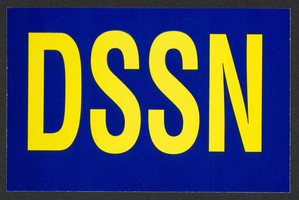
Aid for AIDS of Nevada "Demand Safer Sex Now" Club postcard
Date
1999-05-28
Archival Collection
Description
From the Dennis McBride Collection on LGBTQ Las Vegas, Nevada (MS-00802) -- Alphabetical research files -- AIDS: Organizations: Aid for AIDS of Nevada (AFAN) file.
Text
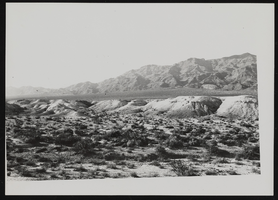
Charles Rozaire "Nevada" photos
Date
1963-10-05
Archival Collection
Description
Photographs of Charles Rozaire and other archaeologists at Tule Springs in the 1960s.
Image
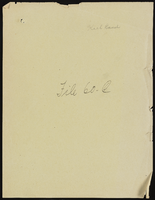
Kiel Ranch, Nevada
Date
1903 to 1905
Archival Collection
Description
Series 1. San Pedro, Los Angeles and Salt Lake Railroad -- J. Ross Clark/Los Angeles Office Files
Text

Photograph of businesses on Nevada Highway, downtown Boulder City, Nevada, circa 1942-1940s
Date
1942 to 1949
Archival Collection
Description
View of businesses on Nevada Highway, Boulder City, probably taken from the intersection of Nevada Highway and Arizona Street, looking northeast. Exteriors of Ramsey's Cafe, Hayward's Flowers, and Shell Service Station are seen. A sign for Boulder City Motors (Dodge and Plymouth dealer) is seen on the left. The Bureau of Reclamation Administration Building is seen in the distance. Automobiles are in the street and parked in front of shops.
Image

Photograph of businesses on Nevada Highway, downtown Boulder City, Nevada, circa 1942-1940s
Date
1942 to 1949
Archival Collection
Description
View of businesses on Nevada Highway, Boulder City, probably taken from the intersection of Nevada Highway and Arizona Street, looking northeast. Exteriors of Ramsey's Cafe, Hayward's Flowers, and Shell Service Station are seen. A sign for Boulder City Motors (Dodge and Plymouth dealer) is seen on the left. The Bureau of Reclamation Administration Building is seen in the distance. Automobiles are in the street and parked in front of shops.
Image
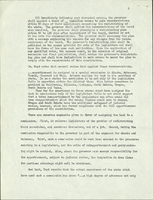
Summary report by the League of Women Voters on Legislative Reapportionment, "The Nevada Reapportionment Decision," October 1965
Date
1965-10
Archival Collection
Description
League of Women Voters statement on legislative reapportionment and redistricting in Nevada.
Text
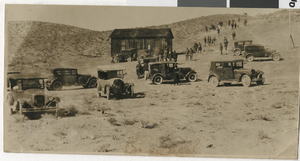
Photograph of a great rush going in the Pioche Mountains, Weepah, Nevada, 1927
Date
1927
Archival Collection
Description
A great rush is going in the Pioche Mountains where gold has been found. Prospecting to show one of the greatest gold stakes in many years.
Image
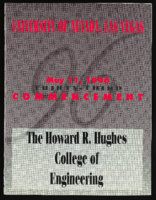
University of Nevada, Las Vegas (UNLV) Howard R. Hughes College of Engineering 33rd commencement program
Date
1996-05-11
Archival Collection
Description
Commencement program from University of Nevada, Las Vegas Commencement Programs and Graduation Lists (UA-00115).
Text
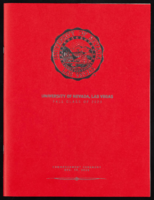
University of Nevada, Las Vegas (UNLV) Fall 2020 commencement program
Date
2020-12-15
Archival Collection
Description
Commencement program from University of Nevada, Las Vegas Commencement Programs and Graduation Lists (UA-00115).
Text
Pagination
Refine my results
Content Type
Creator or Contributor
Subject
Archival Collection
Digital Project
Resource Type
Year
Material Type
Place
Language
Records Classification
